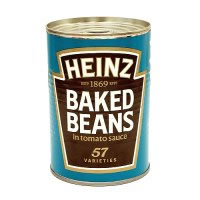
Fibre
Fibre is a vital component of a healthy balanced diet. We get fibre from plant-based foods, but it's not something the body can absorb.
- Fibre helps your digestive system to process food and absorb nutrients.
- Fibre lowers blood cholesterol.
- Fibre helps to control blood sugar levels, which in turn controls appetite.
There are two types of fibre: insoluble and soluble.
Insoluble fibre
Insoluble fibre contains cellulose, hemicellulose and lignin. It helps your bowel to pass food by making stools soft and bulky. This type of fibre helps prevent constipation.
Insoluble fibre is found in the following foods:
- Beans
- Brown rice
- Fruits with edible seeds
- Lentils
- Oats
- Pulses
- Wheat bran
- Wholegrain foods
- Wholemeal foods
- Whole-wheat flour.
Soluble fibre
Soluble fibre contains gums and pectin. This type of fibre lowers cholesterol levels and controls blood sugar. It can be found in all fruit and vegetables, but the following are rich sources:
- Apples
- Barley
- Citrus
- Oats
- Pears
- Strawberrys
Indigestible Fibre
This includes cellulose, hemicelluloses, and pectin (all polysaccharides), and also lignin, which is a noncarbohydrate material found mainly in woody parts of a vegetable. Fibre refers to the remains of plants cells that are resistant to breakdown by human digestive enzymes.